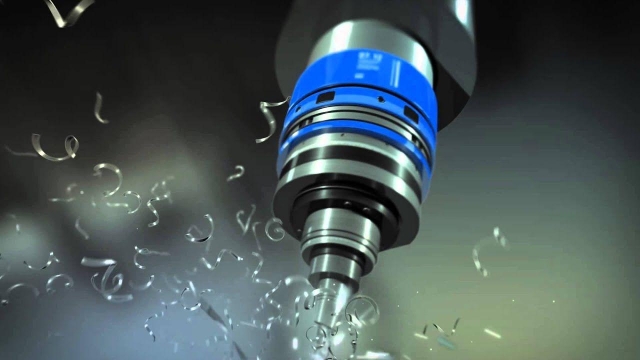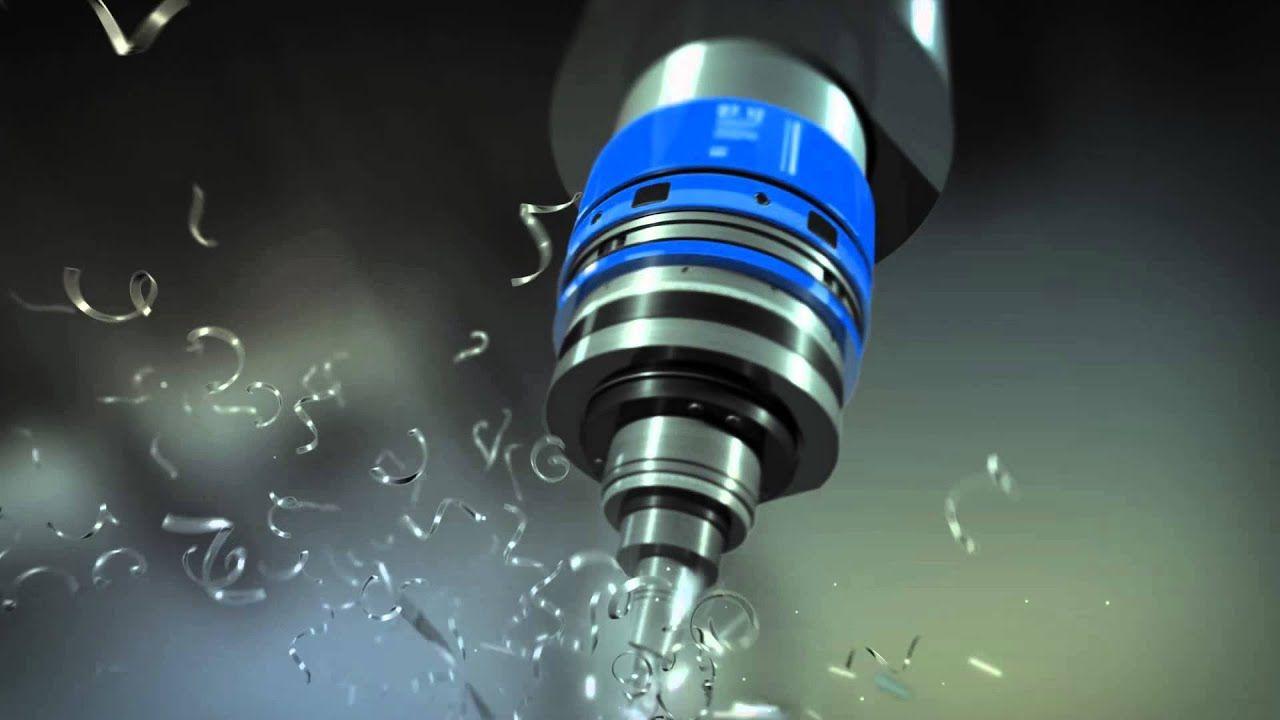
Tick Tock: Revolutionizing Workplace Attendance with Smart Clocking Machines
In today’s fast-paced work environment, tracking employee attendance accurately and efficiently is more crucial than ever. Traditional methods, such as paper timesheets or manual punch cards, often lead to discrepancies, lost data, and frustration for both employees and management. To address these challenges, businesses are turning to innovative solutions that streamline the clocking in process and enhance overall productivity.
Enter clocking in machines, a technological advancement that is revolutionizing how organizations manage attendance. These smart devices not only simplify the process of recording working hours but also offer features such as real-time tracking, biometric authentication, and integration with payroll systems. As companies increasingly recognize the value of precise attendance data, clocking in machines are becoming an essential tool for efficient workforce management.
Understanding Smart Clocking Machines
Smart clocking machines have emerged as a critical tool for modern workplaces, enhancing the way employees record their attendance. Unlike traditional time clocks, these machines leverage advanced technology to provide a more efficient and user-friendly experience. They typically come equipped with features like biometric recognition, mobile connectivity, and real-time data syncing, enabling seamless integration with HR systems.
The adoption of smart clocking machines significantly reduces the manual errors associated with traditional attendance methods. Employees can clock in and out using fingerprint scanners or facial recognition, ensuring that the data captured is accurate and tamper-proof. This level of precision helps organizations maintain reliable attendance records, which are essential for payroll processing and compliance.
Moreover, smart clocking machines offer insightful analytics that assist managers in monitoring employee attendance patterns and productivity. With features such as geofencing, employers can verify that employees are on-site during work hours. This data not only streamlines administrative tasks but also empowers organizations to make informed decisions that enhance overall workforce management.
Benefits of Digital Time Tracking
Digital time tracking through clocking in machines offers significant benefits for both employers and employees. One of the primary advantages is the accuracy they bring to attendance records. Unlike traditional methods such as paper or manual time sheets, digital systems automatically log clock-in and clock-out times with precision. This reduces human error and ensures that employees are accurately compensated for their time worked, fostering trust between the workforce and management.
Another notable benefit is the enhancement of productivity. Digital clocking in machines provide real-time data that can be analyzed to optimize workforce management. Employers can track attendance patterns, identify peak hours, and allocate resources more effectively. This data-driven approach minimizes downtime and enhances overall productivity, ensuring that staff is utilized efficiently to meet business demands.
Lastly, the implementation of digital time tracking contributes to a modern workplace culture. Employees appreciate the convenience and transparency that comes with clocking in machines, as it simplifies the process of tracking hours and managing schedules. This shift towards technology not only streamlines administrative tasks but also promotes a sense of accountability among team members, as they take ownership of their time management. Ultimately, adopting digital solutions supports a progressive work environment that values innovation and employee satisfaction.

Integration with HR Systems
Integrating clocking in machines with existing HR systems is a crucial step for modern organizations aiming to streamline their attendance tracking. By ensuring that these devices communicate effectively with human resources software, companies can automate the process of collecting employee time data, reducing manual input and the potential for errors. This not only boosts operational efficiency but also creates a seamless experience for HR professionals who rely on accurate information for payroll and performance management.
Another significant advantage of this integration is the ability to generate real-time reports and analytics. When clocking in machines are connected to HR systems, organizations can track attendance patterns, monitor overtime, and analyze employee productivity with greater ease. These insights enable businesses to make informed decisions about workforce management, helping them to address issues such as absenteeism and employee engagement proactively.
Employee Time Tracking Software
Moreover, integrating clocking in machines with HR systems enhances compliance with labor regulations. Automated records ensure that employee hours are logged accurately, which can protect companies during audits or disputes. This integration not only safeguards the organization but also builds trust with employees by promoting transparency in attendance tracking and payroll processes.
Enhancing Employee Accountability
The implementation of clocking in machines plays a crucial role in fostering a culture of accountability within the workplace. By requiring employees to register their arrival and departure times, these devices provide a clear and accurate record of attendance. This transparency helps both management and staff understand working hours, reinforcing the expectation that employees will adhere to their scheduled times. Over time, this accountability can lead to improved punctuality and overall productivity, as employees recognize that their attendance is being monitored.
Furthermore, clocking in machines can serve as an effective tool for tracking employee performance. With data readily available, managers can analyze attendance trends, identifying patterns such as habitual lateness or absenteeism. This information allows for more informed decision-making when it comes to addressing performance issues or implementing additional support for employees who may be struggling. By tackling attendance challenges head-on, employers can create a more coherent and reliable workforce.
Moreover, the integration of smart technology in clocking in machines encourages employees to take ownership of their time management. As individuals become accustomed to proactively managing their clocking habits, they develop a greater sense of responsibility regarding their work commitments. This shift not only enhances accountability but also fosters a more engaged and motivated team. Ultimately, by embracing these modern solutions, organizations can cultivate a workplace environment where accountability becomes a shared value among all employees.
Future Trends in Workplace Attendance
As technology continues to advance, the future of workplace attendance is set to evolve significantly. One major trend is the integration of biometric technologies in clocking in machines. Utilizing fingerprint recognition, facial recognition, or even retinal scanning will enhance security and accuracy in tracking employee attendance. This move not only minimizes buddy punching but also provides a seamless and efficient clocking experience for employees.
Another anticipated development is the incorporation of mobile clocking solutions. Employees will increasingly have the option to use their smartphones for clocking in and out, providing flexibility and convenience, particularly for remote and hybrid work environments. GPS tracking can also ensure that employees are at the designated work location, maintaining accountability while allowing greater autonomy.
Finally, the focus on data analytics is becoming more pronounced. Advanced clocking in machines will not only record attendance but also analyze patterns and trends in employee behavior. This data can be invaluable for human resources, aiding in workforce management, scheduling, and identifying potential issues such as absenteeism. By leveraging insights from attendance data, organizations can create more effective strategies for employee engagement and productivity.



